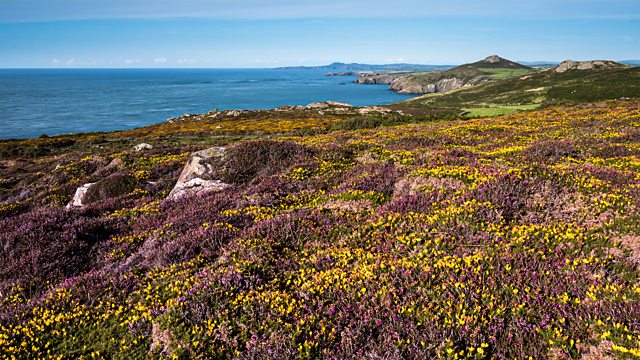Main content
Pembrokeshire: Puffins
A look at Pembrokeshire’s wild and rugged coast, where life is defined by the rhythm of the seasons and the power of the sea.
Last on
Yesterday
19:50
More episodes
Previous
Broadcast
- Yesterday 19:50

